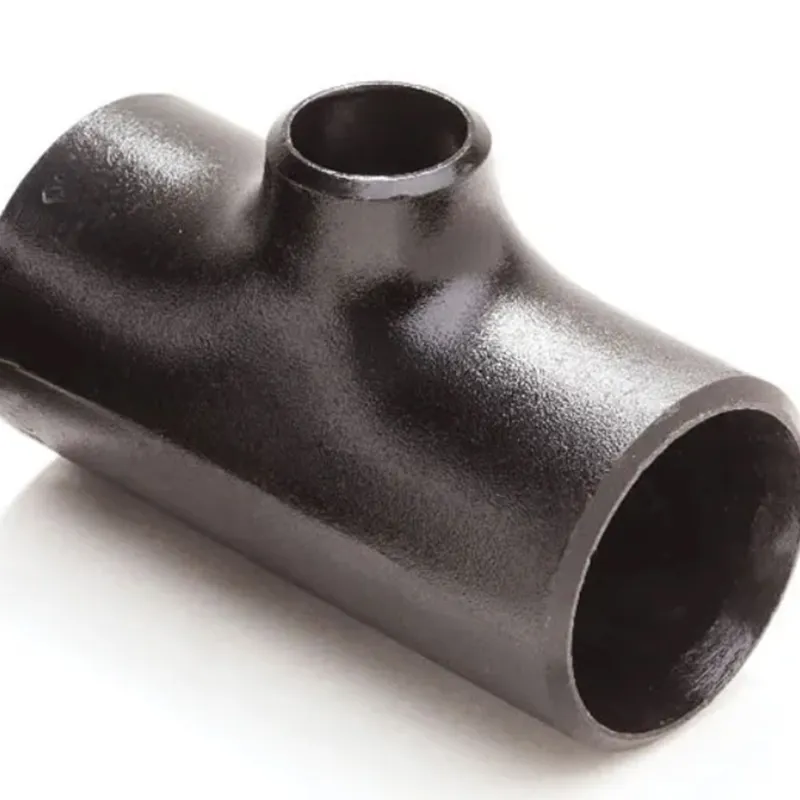-
Cangzhou Yulong Steel Co., Ltd.
-
Phone:
+86 13303177267 -
Email:
admin@ylsteelfittings.com
- English
- Arabic
- Italian
- Spanish
- Portuguese
- German
- kazakh
- Persian
- Greek
- French
- Russian
- Polish
- Thai
- Indonesian
- Vietnamese
- Zulu
- Korean
- Uzbek
- Hindi
- Serbian
- Malay
- Ukrainian
- Gujarati
- Haitian Creole
- hausa
- hawaiian
- Hebrew
- Miao
- Hungarian
- Icelandic
- igbo
- irish
- Japanese
- Javanese
- Kannada
- Khmer
- Rwandese
- Afrikaans
- Albanian
- Amharic
- Armenian
- Azerbaijani
- Basque
- Belarusian
- Bengali
- Bosnian
- Bulgarian
- Catalan
- Cebuano
- China
- China (Taiwan)
- Corsican
- Croatian
- Czech
- Danish
- Esperanto
- Estonian
- Finnish
- Frisian
- Galician
- Georgian
- Kurdish
- Kyrgyz
- Lao
- Latin
- Latvian
- Lithuanian
- Luxembourgish
- Macedonian
- Malgashi
- Malayalam
- Maltese
- Maori
- Marathi
- Mongolian
- Myanmar
- Nepali
- Norwegian
- Norwegian
- Occitan
- Pashto
- Dutch
- Punjabi
- Romanian
- Samoan
- Scottish Gaelic
- Sesotho
- Shona
- Sindhi
- Sinhala
- Slovak
- Slovenian
- Somali
- Sundanese
- Swahili
- Swedish
- Tagalog
- Tajik
- Tamil
- Tatar
- Telugu
- Turkish
- Turkmen
- Urdu
- Uighur
- Welsh
- Bantu
- Yiddish
- Yoruba

Nov . 08, 2024 15:56 Back to list
ansi b16 47 flanges
Understanding ANSI B16.47 Flanges Specifications and Applications
Flanges are critical components in piping systems, serving as connection points between sections of pipe and providing the means for access for maintenance, inspection, and cleaning. Among the various flange standards available, ANSI B16.47 has emerged as a pivotal specification for larger diameter and higher pressure applications. This article delves into the ANSI B16.47 flanges, elucidating their specifications, types, and applications.
Overview of ANSI B16.47
ANSI B16.47 is an American National Standards Institute specification focused on flanged fittings, particularly for larger diameter pipes above 26 inches in nominal pipe size (NPS). It was developed to address the need for uniformity in the manufacturing and testing of flanges while ensuring compatibility with other components used in pipeline systems. ANSI B16.47 encompasses two series of flanges Series A and Series B, which differ in dimensions, thickness, and pressure ratings.
Types of ANSI B16.47 Flanges
1. Series A Flanges This series is based on the dimensions set forth by the previous ANSI B16.5 standard with an emphasis on larger diameters. Series A flanges are designed to handle high pressure and are generally thicker than their Series B counterparts. They are recognized for their durability and ability to withstand harsh operating conditions.
2. Series B Flanges Developed later to provide a more pronounced and standardized dimensioning system, Series B flanges prioritize improved sealing and operational efficiency. The dimensions of Series B flanges are more relaxed compared to Series A, making them easier to work with in some applications.
Key Specifications
ANSI B16.47 flanges must adhere to strict dimensional standards, including bolt hole spacing, diameter, and thickness. The flanges are also specified in terms of pressure-temperature ratings, which designate the maximum pressure and temperature conditions that the flange can withstand. This standard incorporates a range of materials, allowing for a versatile application in different industries, including
- Carbon Steel Commonly used for general applications due to its strength and affordability. - Stainless Steel Chosen for corrosive environments, providing enhanced durability and resistance. - Alloy Steel Used for high-temperature and high-pressure applications to withstand extreme conditions.
ansi b16 47 flanges

Applications
The applications of ANSI B16
.47 flanges are diverse, spanning multiple industries such as1. Oil and Gas In upstream and downstream processes, ANSI B16.47 flanges are crucial for connecting pipelines that transport crude oil, natural gas, and refined products. Their high-pressure ratings make them suitable for these demanding environments.
2. Chemical Processing The chemical industry often requires flanges that can handle corrosive substances, and ANSI B16.47 flanges made of stainless or alloy steel are ideal for these applications.
3. Waterworks ANSI B16.47 flanges are also utilized in municipal water systems, ensuring reliable connections in water distribution networks.
4. Power Generation In power plants, especially those involving steam and gas, these flanges are integral components in boiler systems and heat exchangers.
Importance of Compliance
Adhering to ANSI B16.47 standards is essential for ensuring safety, reliability, and interoperability among piping components. Non-compliance can lead to significant failures that can compromise the integrity of the system and pose safety risks. Therefore, it is paramount for engineers and procurement teams to select flanges that meet the ANSI B16.47 specifications.
Conclusion
In conclusion, ANSI B16.47 flanges are indispensable in the design and construction of piping systems for larger diameter applications. Their adherence to strict standards ensures that they can withstand the rigors of various environments, providing safety and reliability in operations. Understanding the types and specifications of ANSI B16.47 flanges is crucial for professionals in the engineering and construction industries, paving the way for smoother and more efficient project executions. As industries continue to evolve, so too will the demands placed on flange standards, making it essential to keep abreast of the latest developments in this critical area of piping system design.
Latest news
-
ANSI 150P SS304 SO FLANGE
NewsFeb.14,2025
-
ASTM A333GR6 STEEL PIPE
NewsJan.20,2025
-
ANSI B16.5 WELDING NECK FLANGE
NewsJan.15,2026
-
ANSI B16.5 SLIP-ON FLANGE
NewsApr.19,2024
-
SABS 1123 FLANGE
NewsJan.15,2025
-
DIN86044 PLATE FLANGE
NewsApr.19,2024
-
DIN2527 BLIND FLANGE
NewsApr.12,2024
-
JIS B2311 Butt-Welding Fittings LR/SR 45°/90° /180°Seamless/Weld
NewsApr.23,2024











